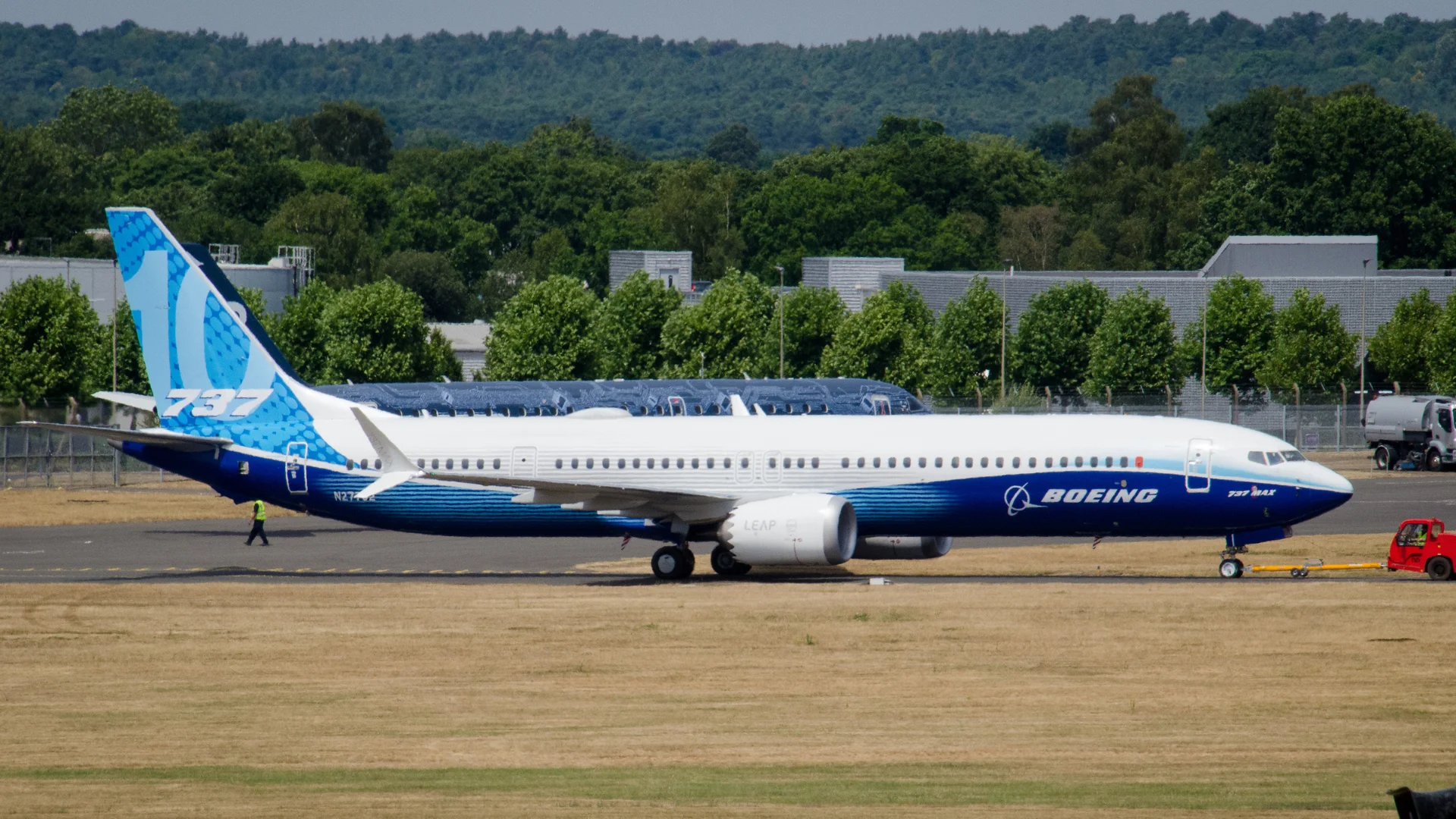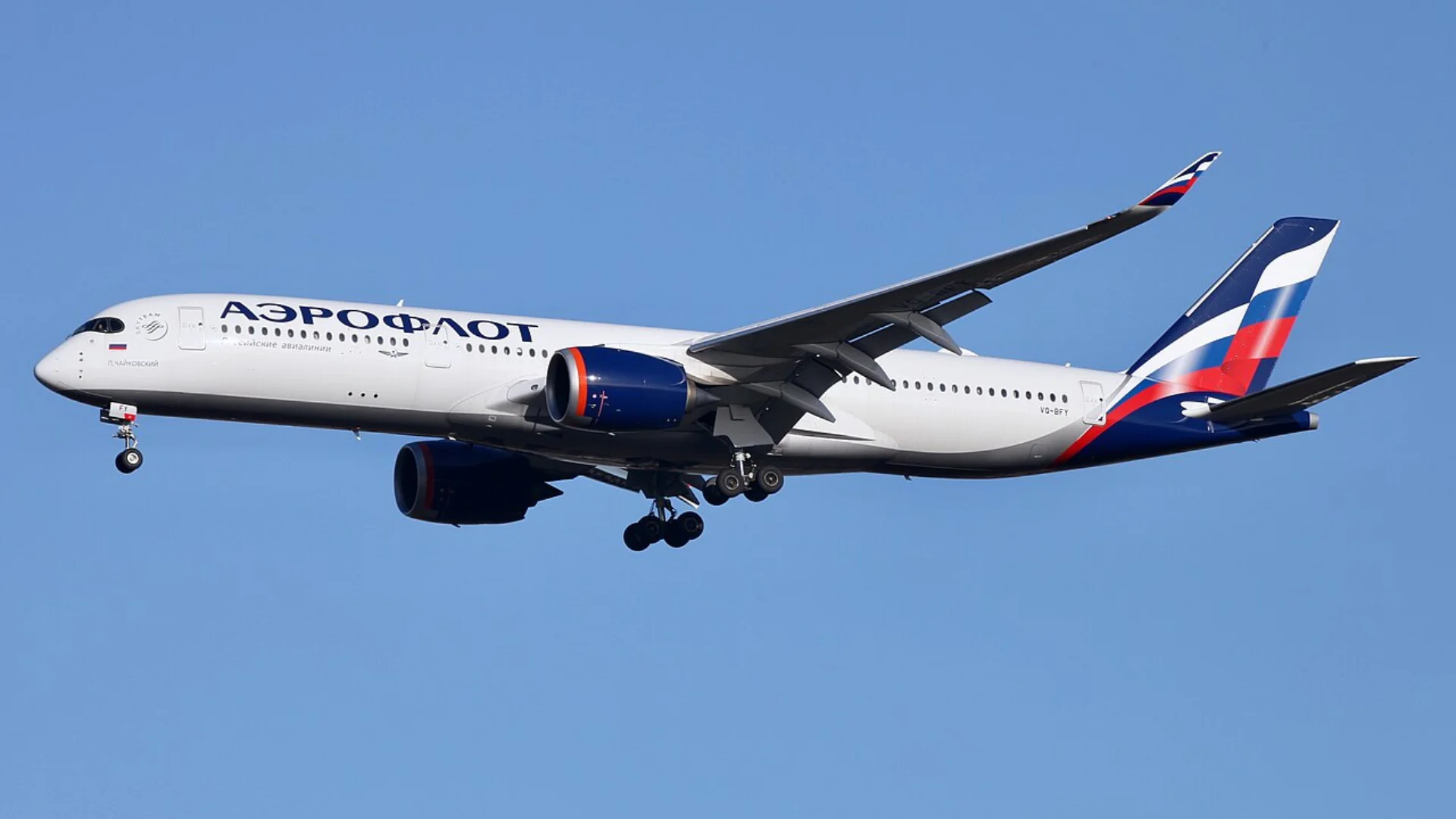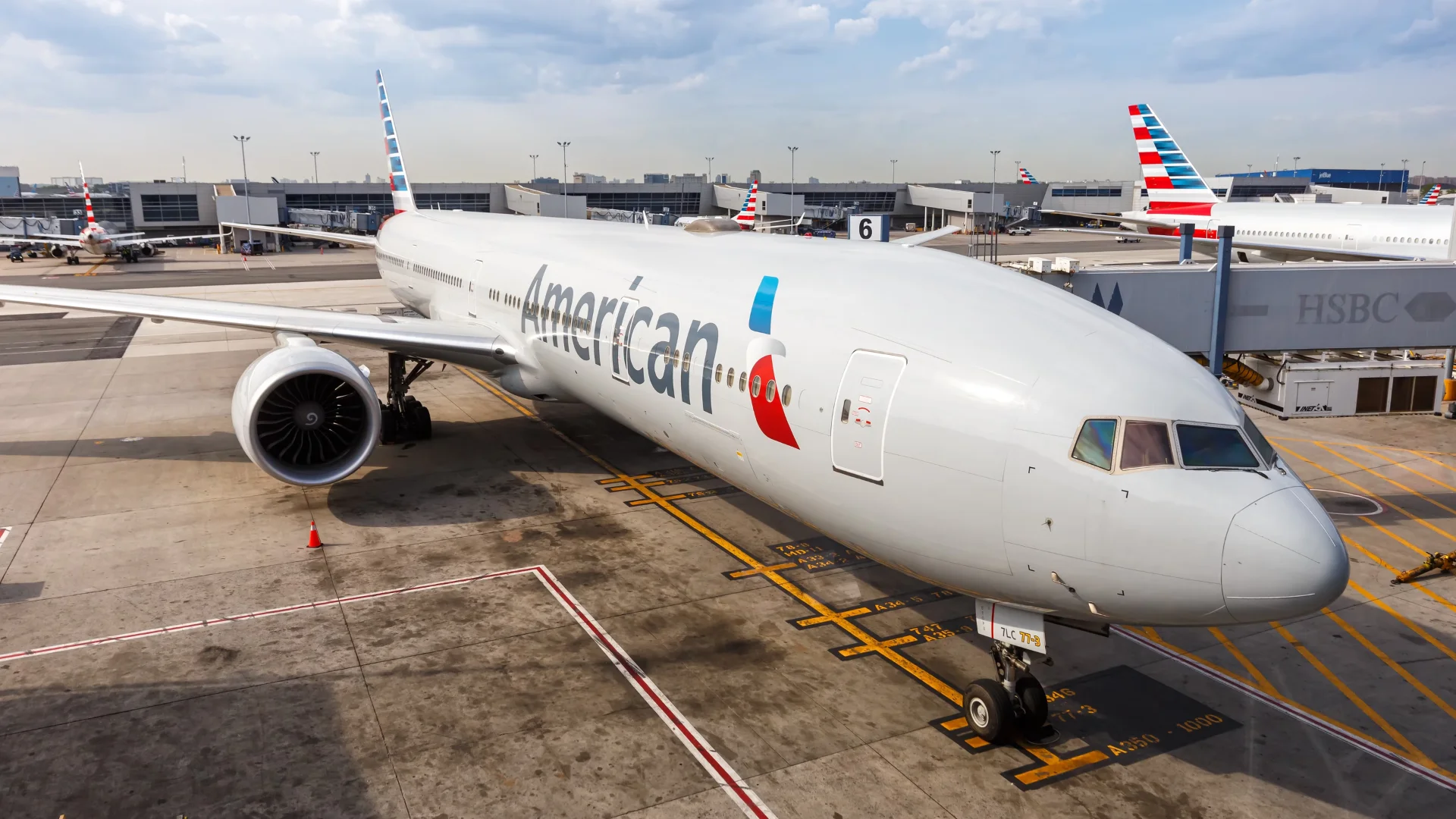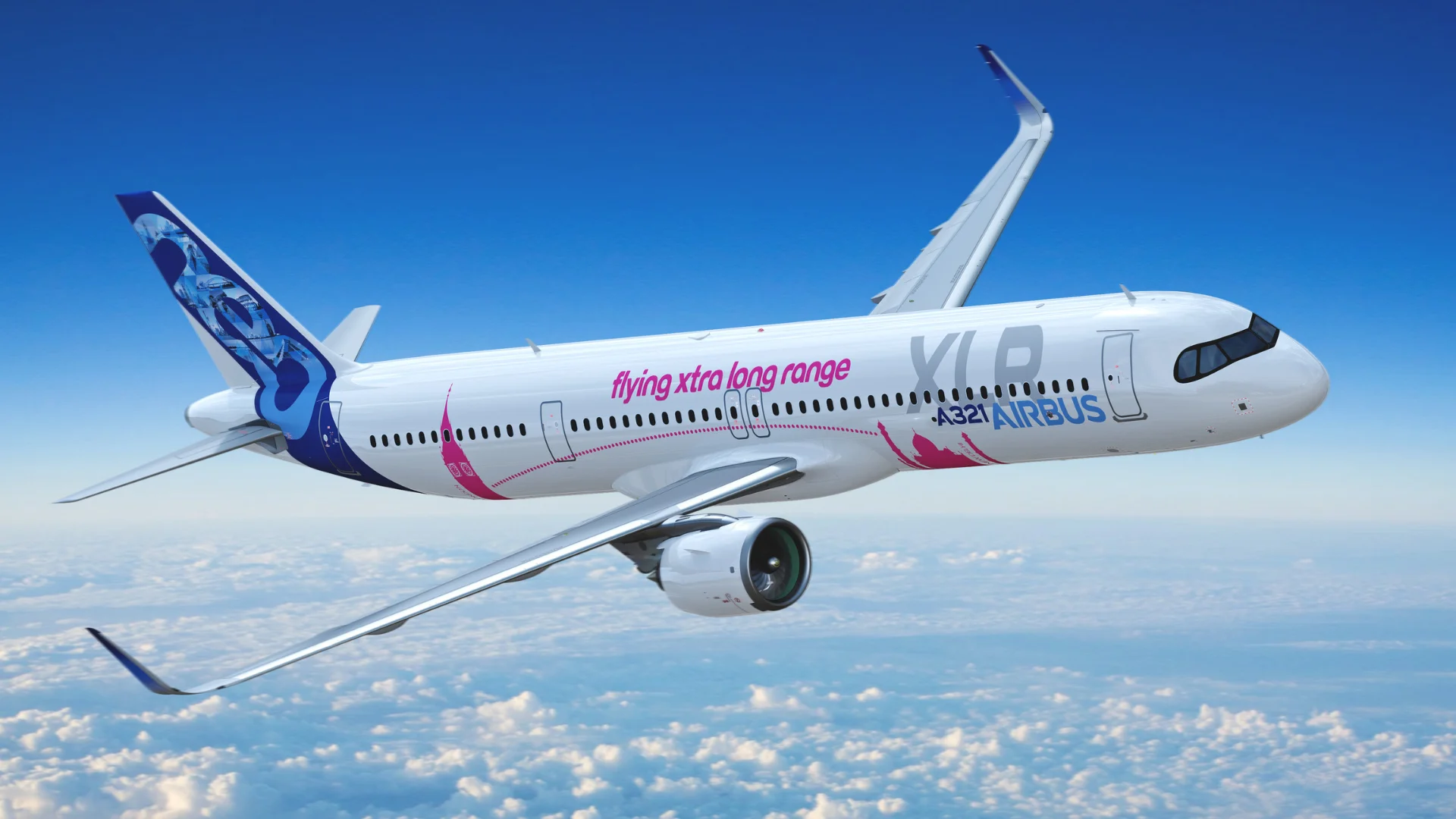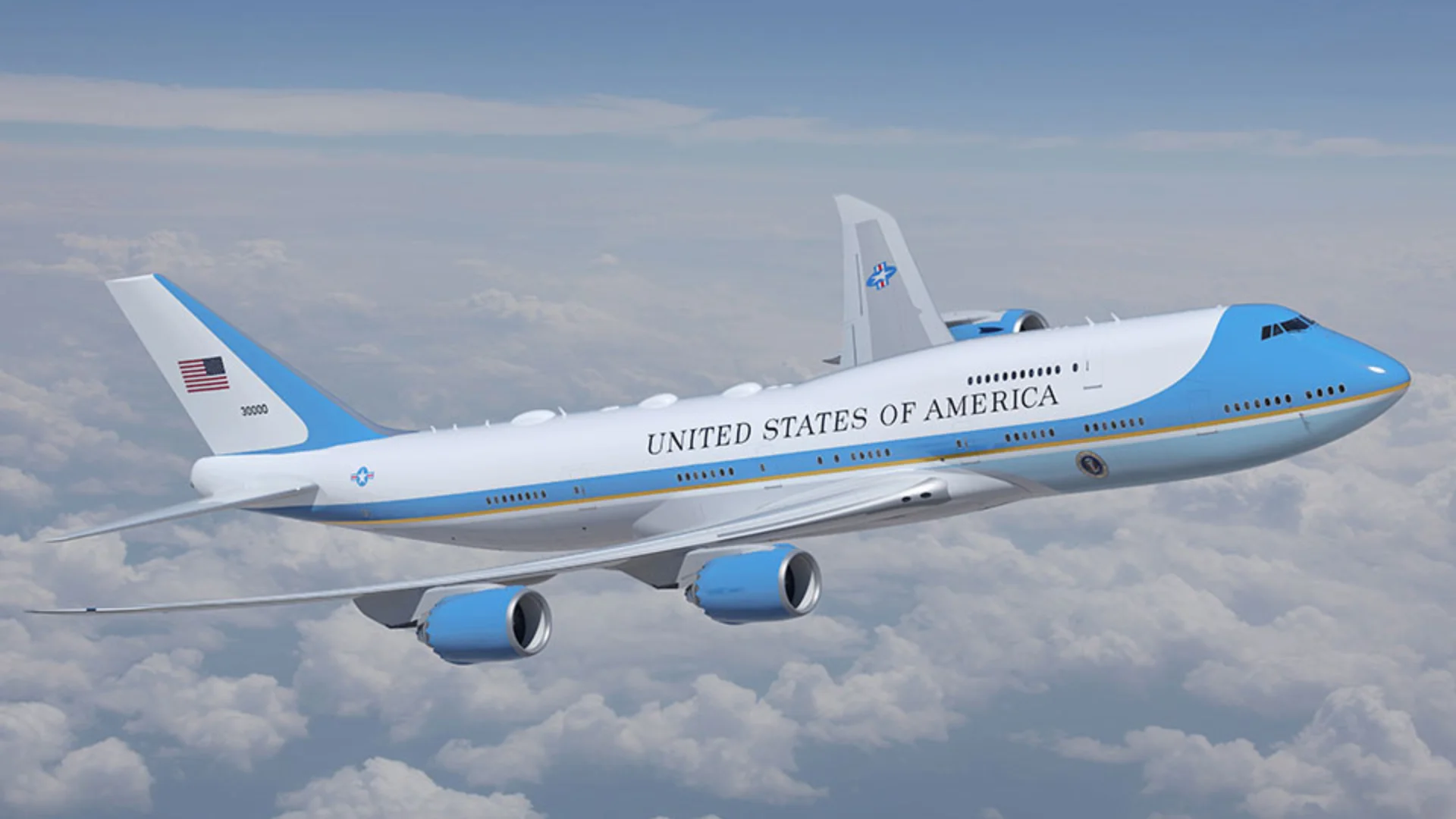Aircraft air conditioning ensures passenger comfort by adjusting temperatures and mitigating humidity. Onboard air conditioning maintains a breathable environment at high altitudes by supplying fresh oxygen. Air conditioning systems in planes rely on engine bleed air and intricate mechanisms to create a comfortable and safe flight.
Currently, it is summer in the Northern Hemisphere, with many regions experiencing temperatures close to 30 degrees Celsius, while desert areas like the GCC can reach up to 50 degrees. To cope with this heat, most public spaces and some homes use air conditioning, which also applies to transportation. However, aviation operates differently.
The primary function of aircraft air conditioning is to keep passengers comfortable. "It's a hot summer's day in Dubai or Frankfurt," and although human bodies can regulate their temperature independently, they are still prone to overheating. Minor overheating can cause discomfort, while severe cases can lead to heat stroke, which can be fatal for vulnerable individuals such as the elderly or infants. Therefore, aircraft have centrally provided air conditioning through cabin walls.
 Alerts Sign-up
Alerts Sign-up
















